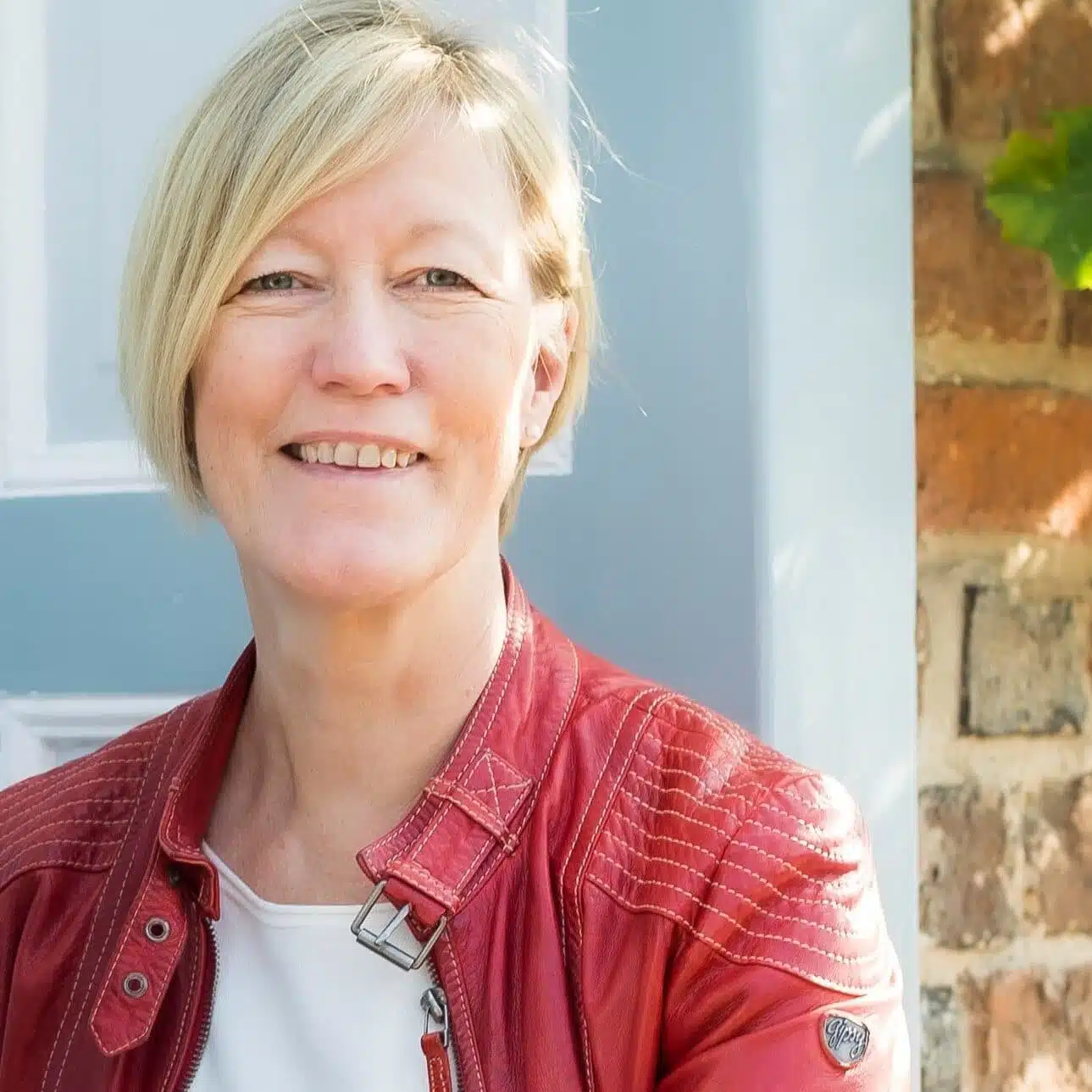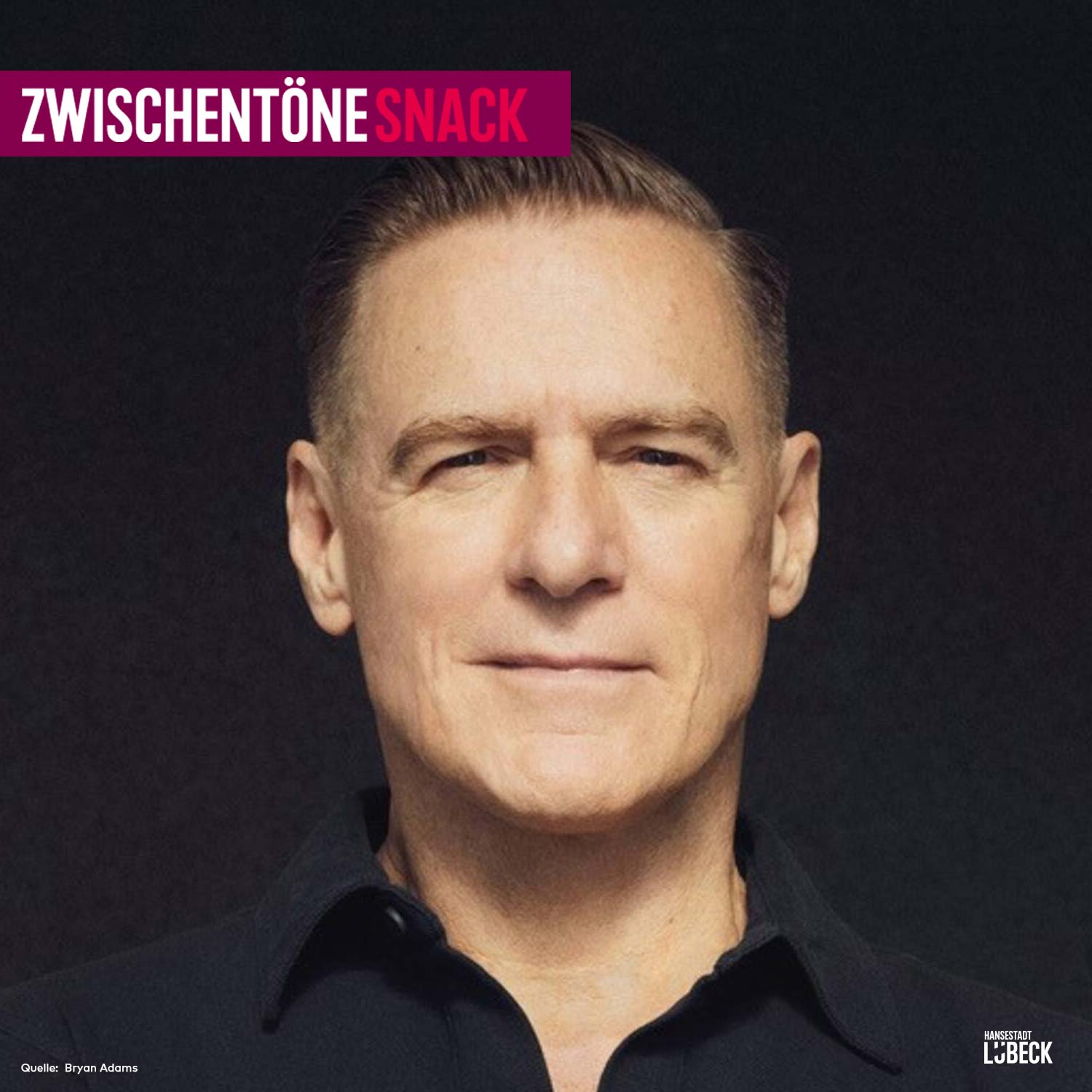Today I was able to take an exclusive first look at the moving exhibition of the Günter Grass House at Glockengießerstraße 21, which is regularly dedicated to artists who have made a name for themselves as multi-talented artists. Bryan Adams’ motifs are more relevant than ever in these troubling times. The exhibition is THE cultural highlight of the fall in Lübeck.
Honestly, my head works quite wonderfully, but unfortunately very mainstream! You say “Bryan Adams” and I say “Summer of 69” and I immediately have the song in my head. It has been streamed – as of today – 1,042,262,120 times on Spotify alone. I also had a few of the iconic portraits of Kate Moss, Amy Winehouse, Mick Jagger, Ben Kingsley or Queen Elizabeth II in mind when I learned about the new photography exhibition at the Grass House and knew that he has worked as a fashion photographer for Harper’s Bazaar, Esquire or British Vogue, among others, and has won several awards.
That the exceptional artist with his contacts in the world of music and fashion has portrayed famous people, I do not really find surprising. However, in the preview of the Lübeck exhibition I was able to familiarize myself with the much broader spectrum of the Canadian rock musician’s works and the depth of his…
The exhibition of Bryan Adams at the Günter Grass-House
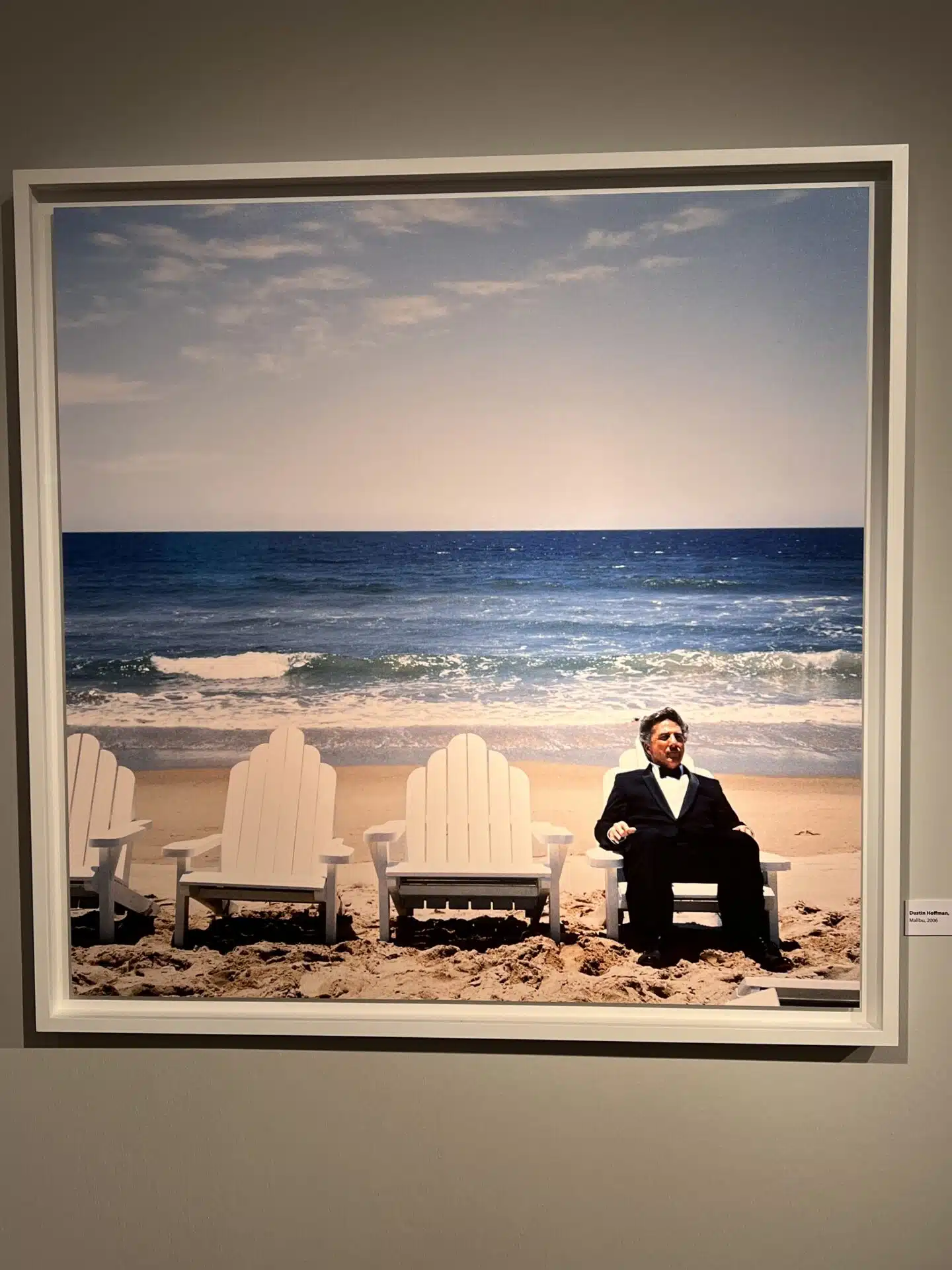
We are all people, we are all interesting
Adams has worked as a professional photographer since the late 1990s. His passion for photography began in childhood. At that time, he used his parents’ cameras. Most of the early photos of the musician, who was born in 1959, were black-and-white shots. For his first tour, he bought a Canon camera to document the action on and around the stage. Later he created the covers for his records himself. And increasingly, people became the focus of his attention and he began to use his fame to advocate for political and social issues. To this day, Bryan Adams, who is considered a reserved and shy person, promotes social projects with his work.
The exhibition in Lübeck, which was specially conceived for the limited space available on the 1st floor of the Günter Grass House, is divided into three groups of works entitled Homeless, Exposed, and Wounded – The Legacy of War. The works shown are from photo volumes published by Steidl Verlag.
The contrast between public figures and celebrities on the one hand and unknown people on the other is quite deliberate. What the works have in common is that they all show people. “Who can say why someone ends up on stage and someone else ends up on the street,” Bryan Adams said in an interview this year.
Who can say why someone ends up on stage and someone else on the street
Bryan Adams
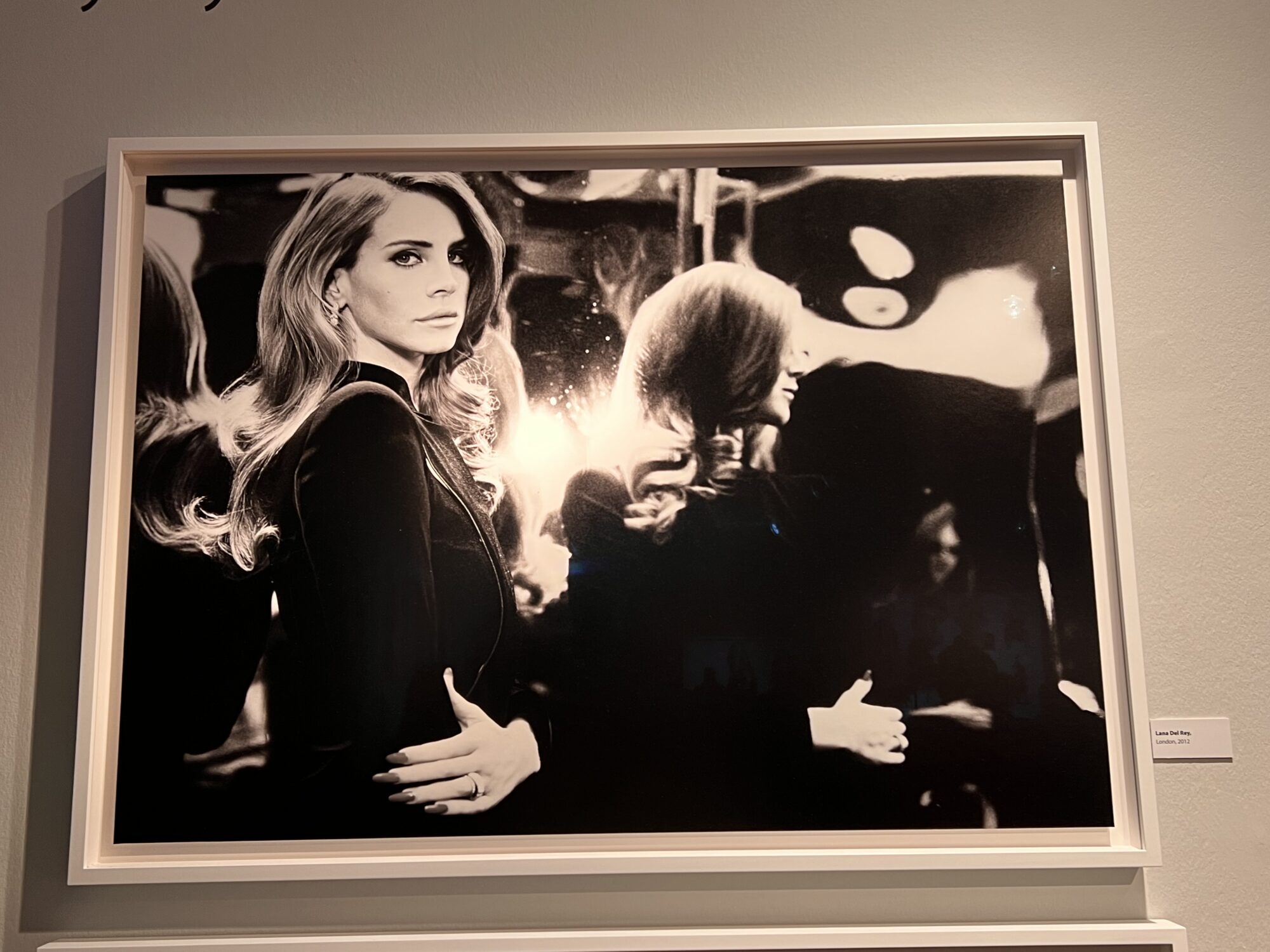
Homeless – Take a close look
The suggestion to shoot a portrait story about homeless street vendors for The Big Issue magazine came from Trudy Styler, wife of Australian musician Sting. The Big Issue is a weekly magazine created by professional journalists and photographers and sold on the street to provide homeless people with a legal income and facilitate their reintegration into society.
Bryan Adams, as a result of this suggestion, dedicated his photographic eye to people who lived on the streets of London and sold the magazine. The people to whom almost all passers-by hardly give a glance. Whom only a few look in the eye. Nothing distracts in the shots of the people against a white background. The homeless people depicted become visible as individuals with their human dignity.
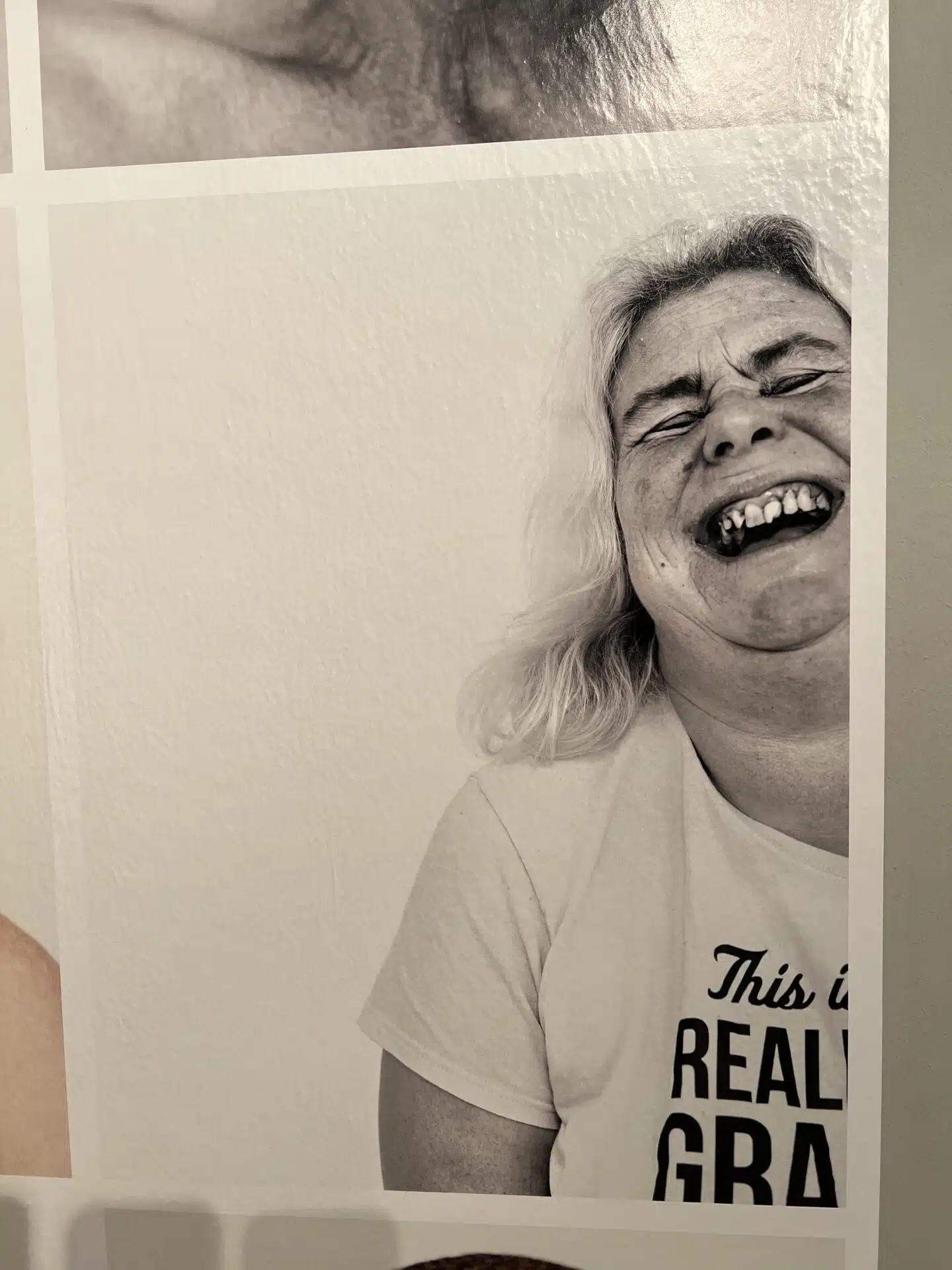
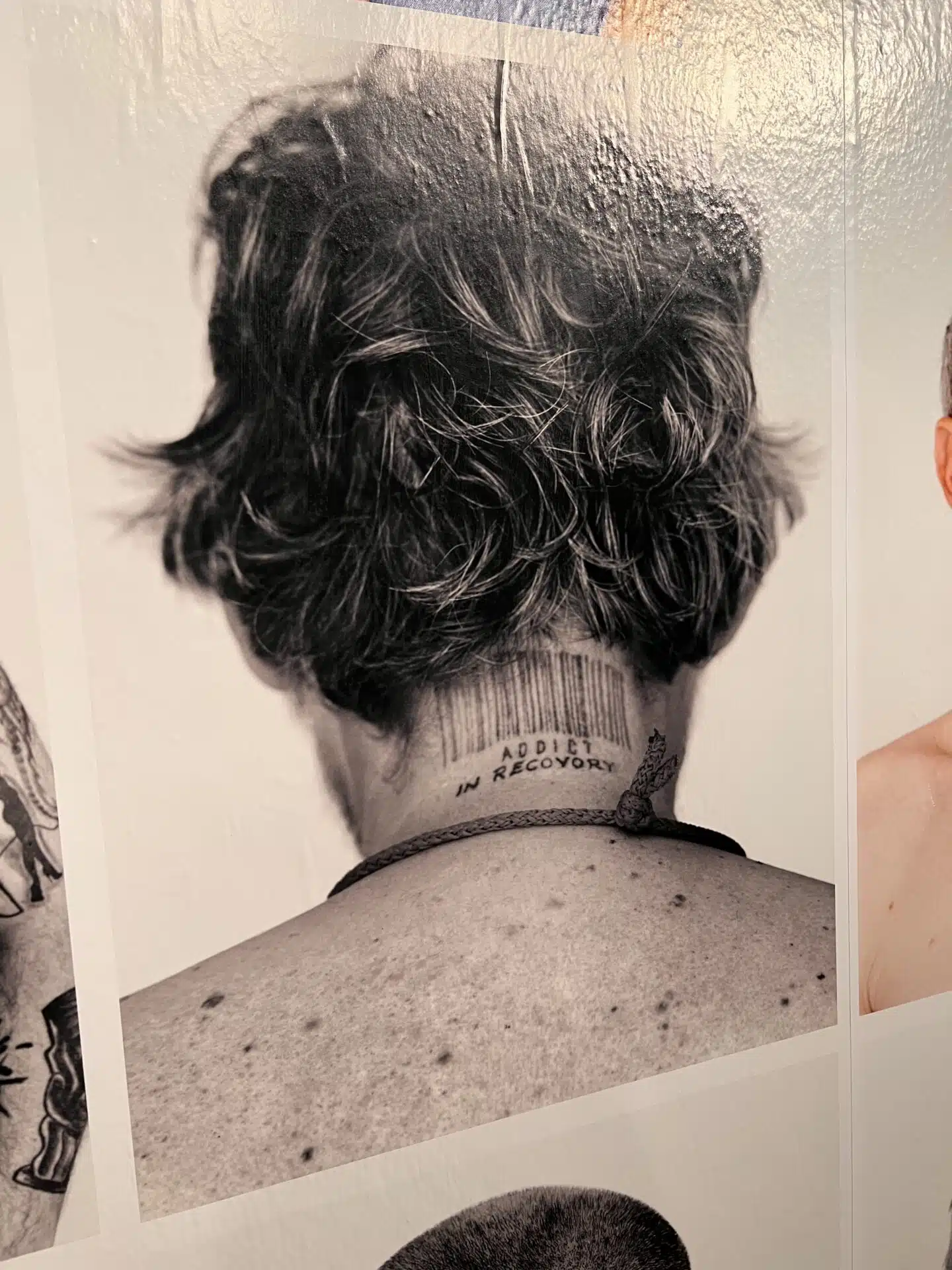
Exposed – tell your own story
A global star, Bryan Adams’s Exposed series features other creative personalities whose portraits are often iconographically charged. Together with the artists, he develops these scenes and thus offers them the chance to define the narrative about their own person.
Bryan Adams seems to penetrate the deeper layers of a person’s psyche in the process. His works seem intimate and distant at the same time. In the exhibition, I am particularly moved by a color portrait of Amy Winehouse, which shows the singer, who died so young, as a thoughtful personality.
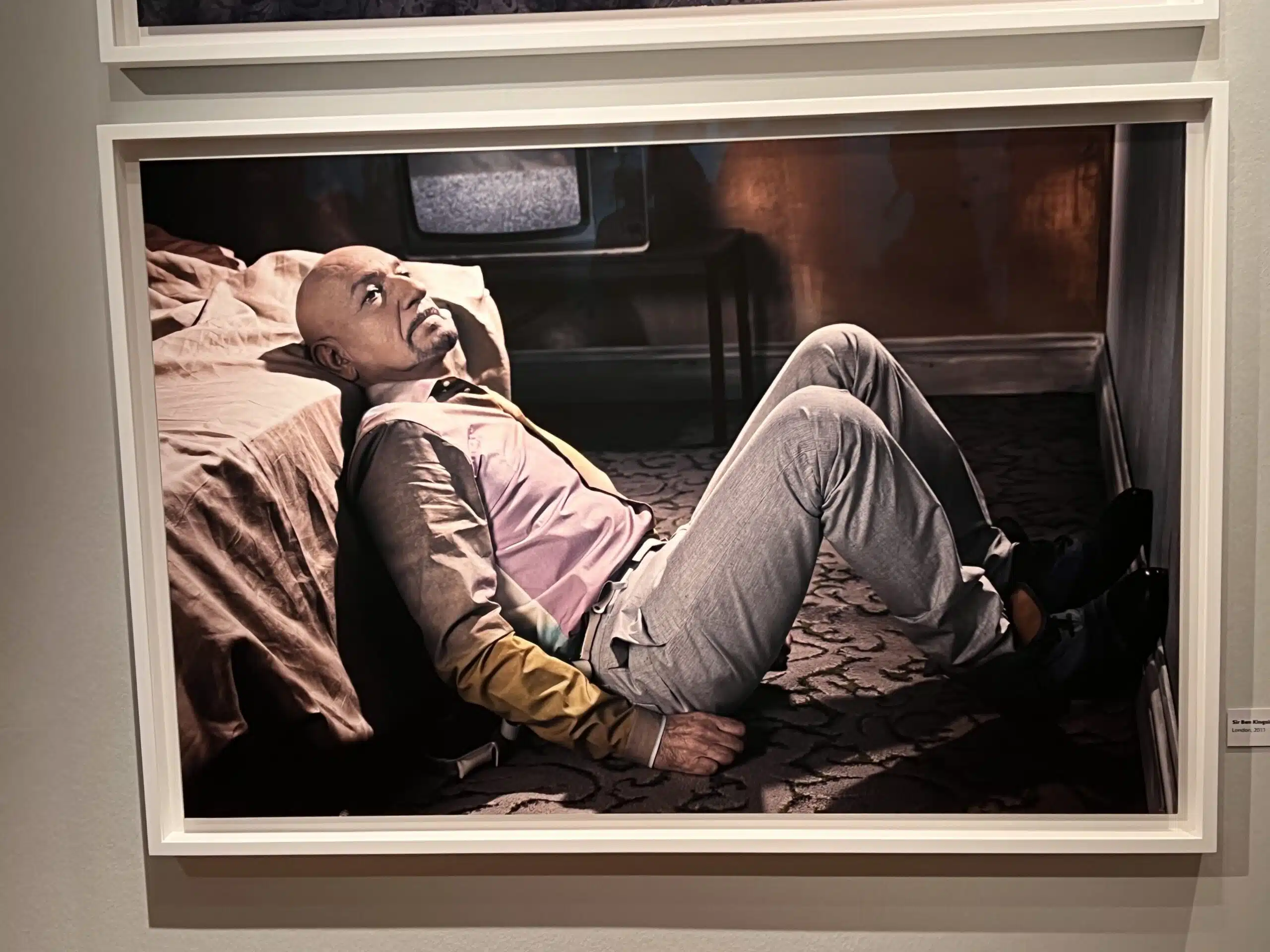
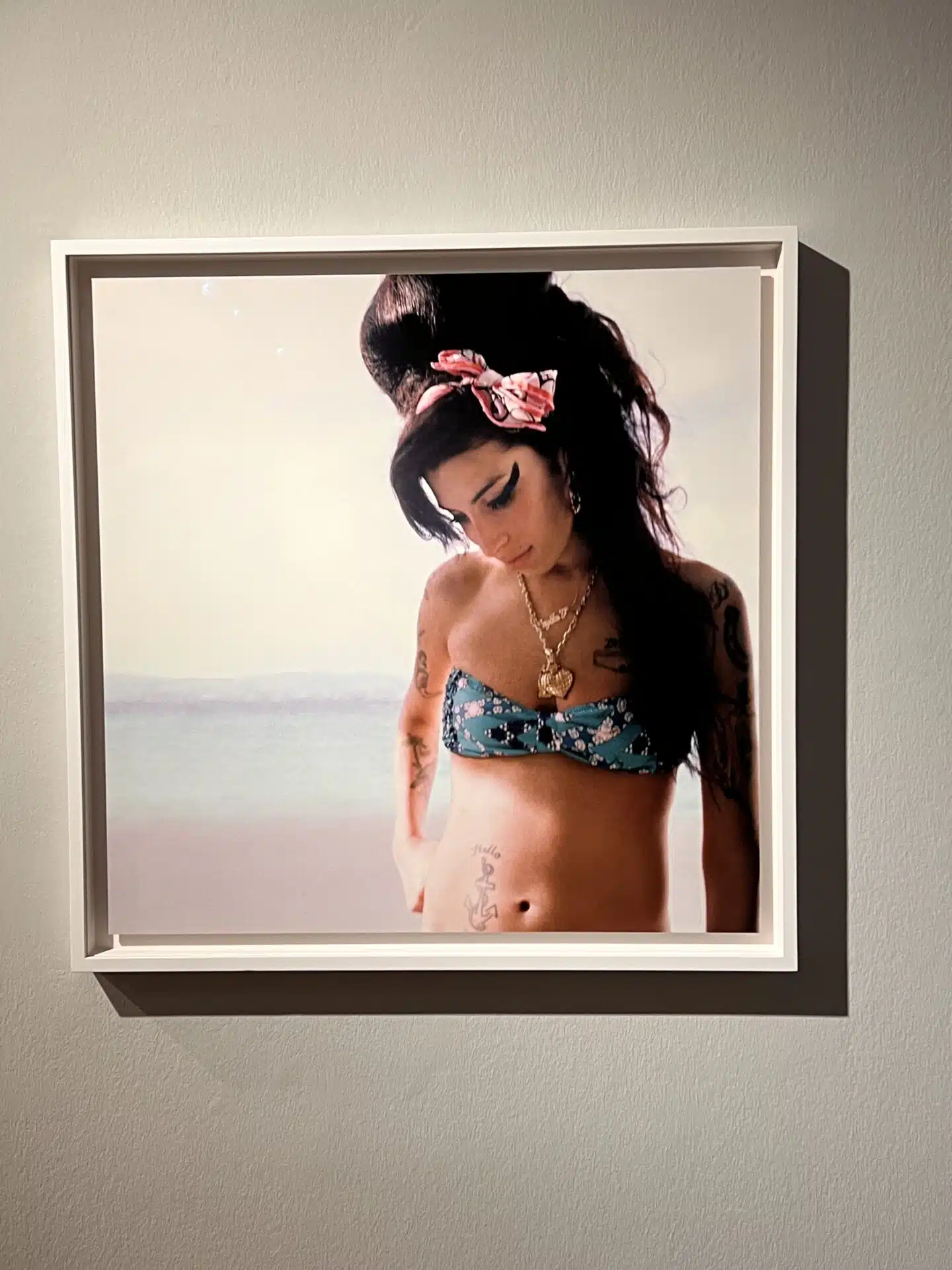
Wounded – The Legacy of War
When Bryan Adams was approached by ITN journalist Caroline Froggatt about doing something for veterans returning from the war in Iraq, he developed the idea of portraying Soldat:innen who had been wounded during deployment or training. The photos of these people who have suffered life-changing injuries are equally direct and compassionate.
All of them radiate great dignity. It is inspiring to see and read in the accompanying texts that a terrible event is not only cruel. It can be possible to draw a new strength from a stressful experience. The motif “Unscarred”, for example, shows a young soldier who was hit by a gasoline bomb during his first deployment in Iraq at the age of 18. After 16 operations, he decided to get his first tattoo: “Unscarred”. My body may bear scars, but my psyche is not wounded.
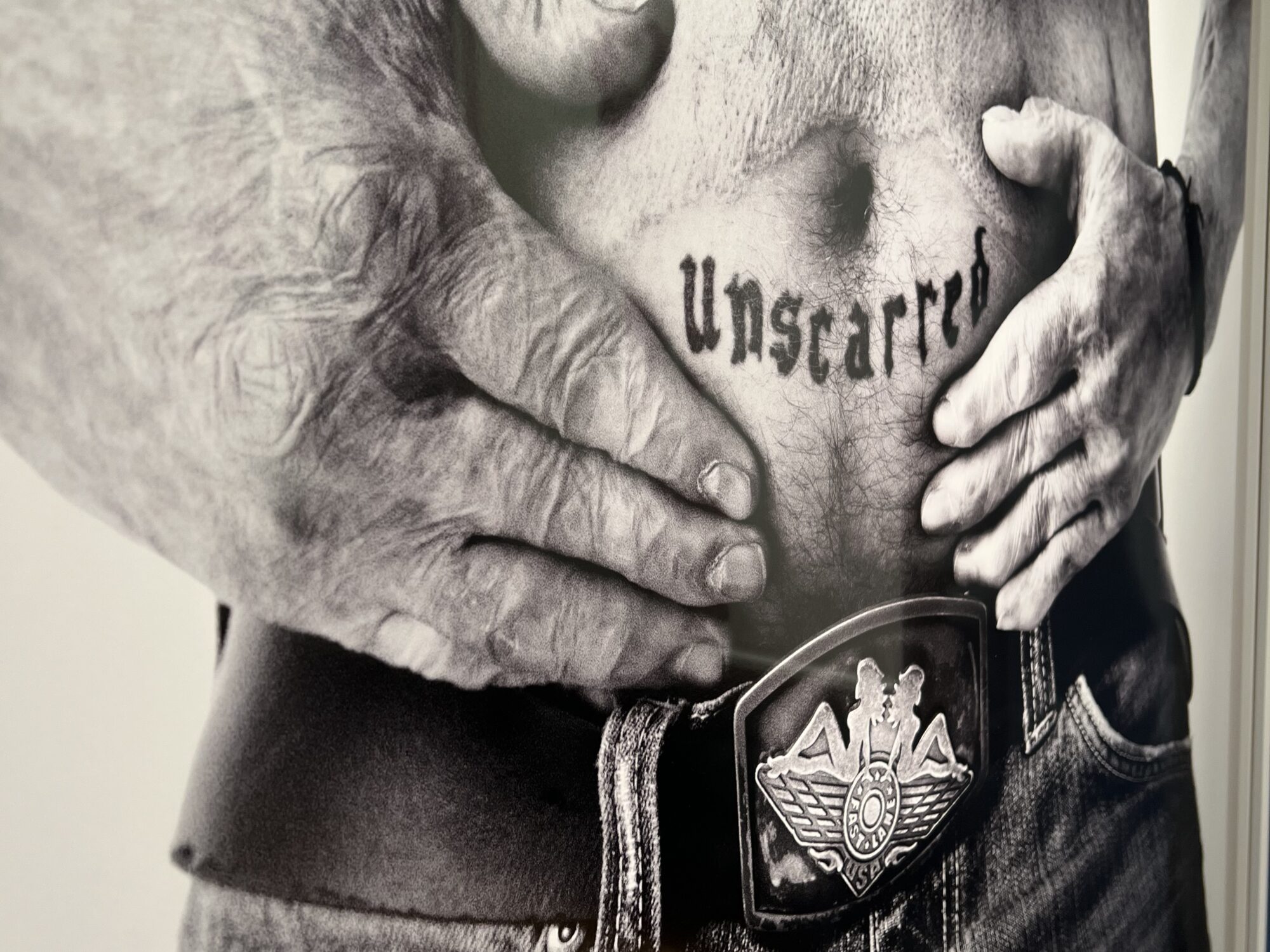
This sixth photo exhibition of the Günter Grass House also repeatedly draws a connection to Günter Grass, who was wounded in April 1945 and experienced homelessness himself after World War II in Düsseldorf, when he lived in a Caritas home and drew the residents living there.
The audio texts for the exhibition are spoken by the well-known actor Devid Striesow, who can currently be seen as General Friedrichs in the remake of the Remarque classic “All quiet on the Western front”.
The exhibition gets under your skin. It makes you think. About how we treat each other and what we expect of each other. War and homelessness are issues that we don’t like to face, but that we encounter every day. The responsible museum team around museum director Dr. Jörg-Philipp Thomsa, together with the Hamburg agency “Crossover”, succeeded in conveying the impression to the guest of the exhibition that being human means being vulnerable and strong in equal measure. A motivating thought with which I leave the Günter Grass House today. The exhibition runs from October 15, 2023 to January 7, 2024.
By the way: For the current edition of our podcast Lübeck ZWISCHENTÖNE we were also recently on site. Listen to the interview here.
